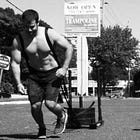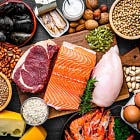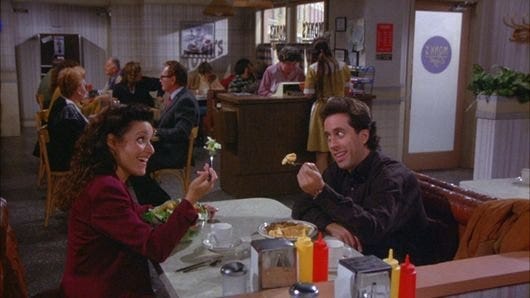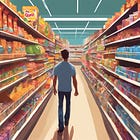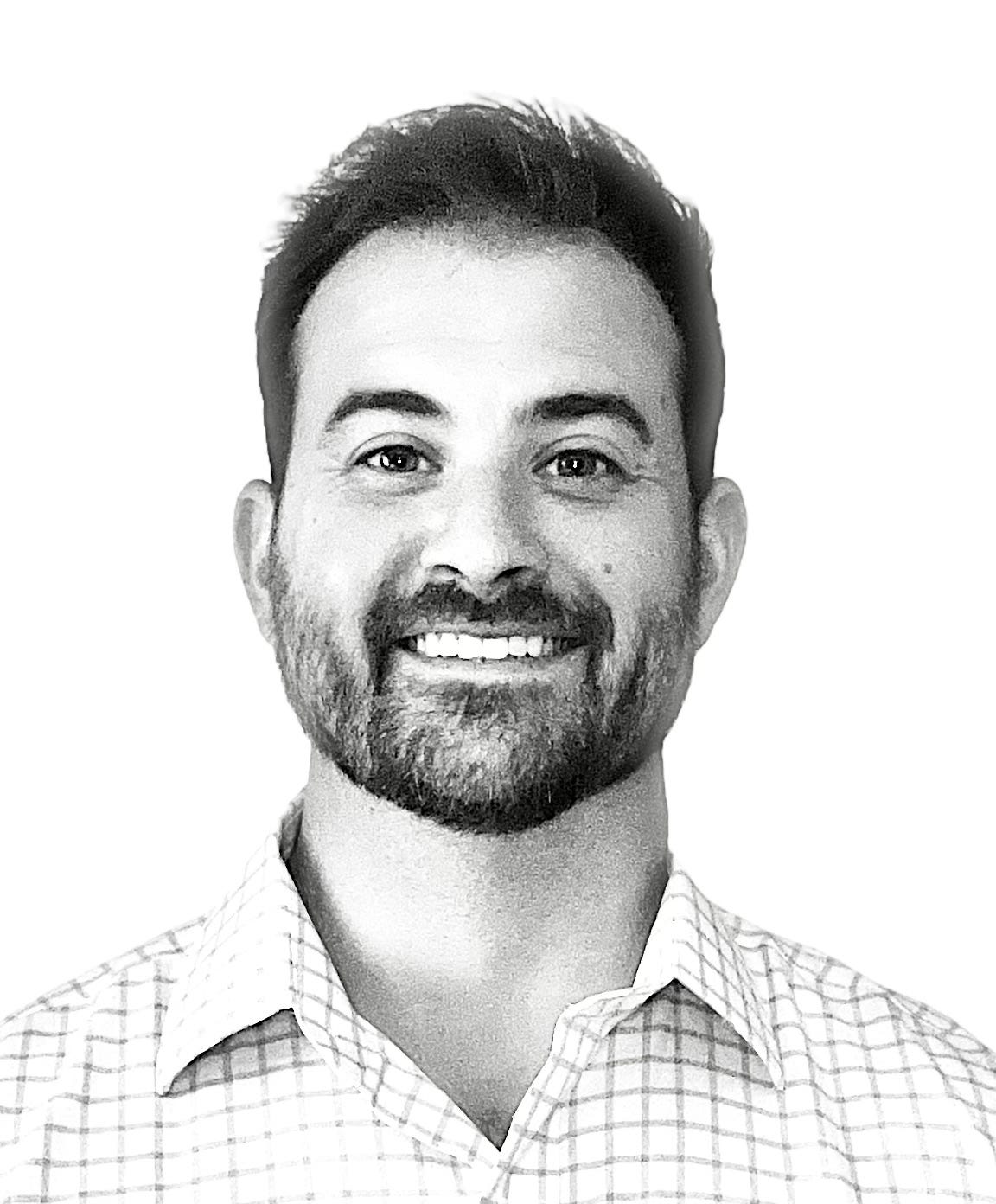How to Eat More and Lose Weight
Make your weight loss goal more achievable but eating more of these foods.
In this edition of Momentum you’ll learn how to make your weight loss more achievable and sustainable while eating more.
Dieting sucks.
In our modern world most dietary issues are problems of abundance.
Our food environment is saturated with hyperpalatable, affordable foods that are stripped of their nutritional content.
This is vastly different from the world our more primitive ancestors evolved in.
Read more about our changing food environment here.
In our modern world of food abundance the answer to lose weight has to be restrictive.
We must reduce caloric intake.
We covered this in detail in my Fat Loss Science article.
Some gurus tell you to cut out carbs, some say to eliminate fat, others tell you to close down your eating window.
Some diets are overly restrictive in that entire food groups are eliminated from your diet such as with the keto diet.
While restricting your caloric intake is definitely necessary to lose weight, I’m here today tell you to eat more.
This post will cover:
Five foods/food categories to eat more of while trying to lose weight
The benefits of fiber on health and weight loss
The benefits of protein on satiety
How Elaine from Seinfeld was on to something…
And one food you can eat almost unlimited amounts of and still lose weight
Eat More and Lose More
Here is the short list so you can stop reading right now if you want.
Eat more fiber from fiber rich foods.
Eat more protein from lean protein sources, both animal and plant based.
Eat more food volume from low calorie density sources.
Eat more single ingredient foods as opposed to ultra-processed foods.
Eat more fruits and vegetables.
Now, here are the details…
Eat More Fiber
Dietary fiber is the indigestible part of plants. It passes through out digestive system remaining relatively unchanged and maintains our health in many ways.
Dietary fiber helps develop a healthy gut microbiome, it can lower cholesterol by binding it in the gut and excreting it through our waste, and it can make us feel more full which is a positive when dieting.
Fiber rich foods include fruits, vegetables, nuts, and whole grains.
While there are a host of fiber supplements out there it is best to get your fiber from whole food sources. This way you are getting a diverse intake of fiber and getting all the other benefits associated with eating fiber containing foods.
Here is how much fiber you should eat:
Current guidelines recommend a minimum intake of 15 grams per 1,000 calories.
For women the recommendation is usually between 20-25 grams per day and for men it is 25-30 grams per day.
The good news is that you can go way above that minimum recommendation. Some people, however, get some GI symptoms with super high fiber so pay attention to how you feel if you’re getting too much.
Eat More Protein
Protein is essential during any diet.
It can be especially important during a fat loss diet as it helps you maintain muscle mass helps to keep you feel full and satisfied with your diet.
Hunger seems to derail most diets. Diets higher in protein tend to give people higher satiety ratings. So, if you’re less hungry over the course of your diet then you’re more likely to stick to it.
How much should you eat?
Current guidelines recommend between 0.8-1.2 grams per pound of lean body mass per day.
If you don’t know your lean body mass you can use your goal bodyweight as a protein per day target. It is also recommended to spread out the protein throughout your day between 3-5 meals and snacks in doses between 20-40 grams.
Finally, as far as protein goes during a fat loss diet I recommend sticking to leaner protein sources. This includes the white meat of poultry, white fish like cod, fat-free dairy products like fat-free Greek yogurt, egg whites, protein powder, and lean cuts of steak like top round sirloin.
Rear more about high protein diets in this popular article.
Eat More Food Volume
Eating a lot of food helps with feeling full and squashing hunger.
But if we’re restricting calories than it can feel like we’re always eating little nibbles and not huge meals.
If we can eat more food volume, meaning a lot of food, but while only eating foods that are low in calories we can stuff ourselves and feel good about it.
High volume, low calorie foods include vegetables and some fruit.
For example, if you were to eat an entire bag of raw baby spinach you wouldn’t want to eat again for a while
You can eat 4 cups of watermelon and its only around 200 calories.
One cup of cucumbers is around 16 calories.
An entire pint of blueberries is around 200 calories.
You can still eat a lot and your diet won’t feel as restrictive by focusing on these foods.
One thing I like to do on a fat loss diet is to make huge salads.
Be like Elaine and enjoy the Big Salad.
My big salad is usually the following: 2 cups of mixed greens and romaine, a cup of a broccoli or rainbow slaw, some cucumbers and tomatoes, 2 servings of a lean protein like grilled chicken or shrimp, and then to top it off I’ll add a low calorie dressing, sugar free BBQ sauce, or salsa.
And then to do it right you have to put it in a big bowl, per Elaine.
Eat More Single Ingredient Foods
Ultra-processed foods in large quantities are one of the worst things for us.
I wrote about food processing at length in this article.
They are associated with a variety of bad health outcomes and they are basically the opposite of everything else on this list. Ultra-processed foods are extremely easy to overeat because they do not keep us full and are very calorie dense per volume.
A great way to avoid ultra-processed foods is to eat more single ingredient foods.
Try to eat food in its state closest to how it appears in nature.
A chicken breast > a premade frozen chicken patty
Raw spinach > canned creamed spinach
A potato > frozen sweet potato fries
Stick to that for most of your meals to drastically reduce ultra-processed foods, increase your food volume, feel more full, and get way more nutrients.
Eat More Fruits and Vegetables
Diets high in fruit and vegetable intake are undoubtedly health promoting.
Fruits and vegetables are naturally high in fiber, are very nutrient dense and low calorie making them a great high volume food choice, and typically can be eaten as a single ingredient.
Eating around 5 servings per day of fruits and vegetables is associated with the largest drop in mortality risk.
You can hit 3 out of the 5 recommendations here by eating 5+ servings of fruits and vegetables a day.
I don’t think I need to sell eating your damn vegetables… but there ya go.
Wrapping Up
By focusing on eating more fiber, eating more protein, eating more volume from low calorie density foods, eating more single ingredient foods, and eating more fruits and vegetables you can make losing weight much more achievable and get healthier along the way.
Now, let’s keep building Momentum together.
Nick is a sports chiropractor, strength and conditioning specialist, assistant professor of exercise science, and writer.
Check out my next-level training programs to finally get results.
Train with me on my program.
The training program varies based on my goals. It ranges from powerbuilding to hybrid athletic programs.
Get seriously strong.
This BREAKING GAINZ style program focuses on strength in the squat, bench, and deadlift and builds full-body muscle.
Get seriously strong and super jacked.
This BREAKING GAINZ style program focuses on strength in the squat, bench, and deadlift and builds full-body muscle.
This BREAKING GAINZ training format gets you jacked, strong, and fit
Combine strength training with metabolic conditioning to get you in the best shape of your life
Another classic BREAKING GAINZ training program that gets you jacked, strong, and fit
Perfect for beginners or home workout enthusiasts
Get in great shape with just your bodyweight and a pair of dumbbells
One-on-One Remote Training Programs
Limited availability: email me at nickotrainingsystems@gmail.com for more info.







